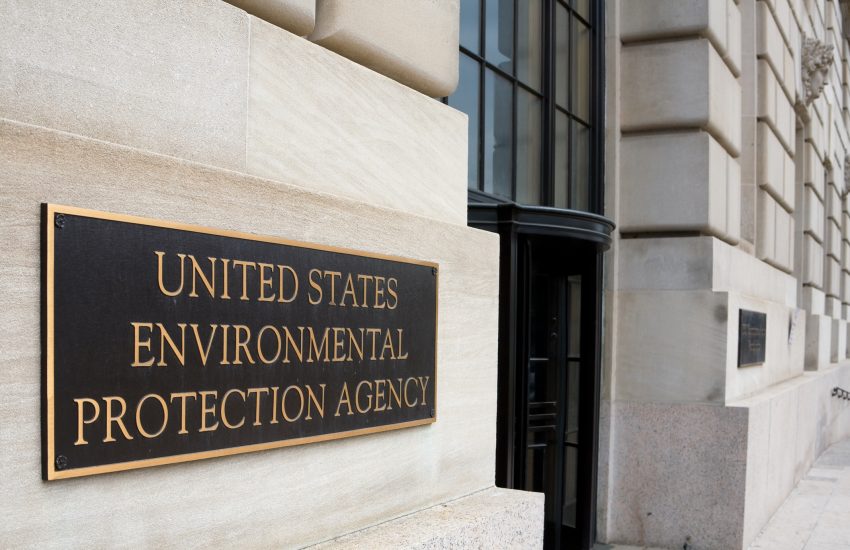In furtherance of the U.S. Environmental Protection Agency’s PFAS Strategic Roadmap, which our firm has written about frequently, the EPA released an updated guide on destroying and disposing of PFAS.
According to EPA, the updated guidance (found here) reflects the “latest, best available science” to provide information that managers of PFAS wastes can use to evaluate the most appropriate destruction, disposal, or storage method. EPA instructs that the primary audience of this guidance are decision makers who need to identify the most effective means for destroying or disposing of PFAS-containing materials and wastes.
“The guidance contains a new technology evaluation framework that enables technology developers to assess emerging innovative destruction and disposal [D&D] methods,” the agency said.
The guidance also underscores the need to generate and publicly release data to validate whether existing and new technologies may be suitable for larger-scale use. According to EPA, it describes new EPA test methods and improved screening tools to identify and prioritize safeguards for communities located near destruction and disposal facilities and overburdened by pollution. The guidance, however, does not establish requirements for destruction or disposal of PFAS materials.
The updated interim guidance retains focus from the agency’s 2020 guidance on three existing D&D technologies: underground injection (UIC), landfills, and thermal treatment under certain conditions (which includes incineration). Further, the new document identifies key data gaps and uncertainties that ongoing research is working to address to achieve efficient destruction of PFAS and minimization of environmental PFAS release. EPA “calls for actively undertaking more of this important work, including EPA collaborations with the private sector, to inform data-driven decision making that protects public health and the environment.”
In general, EPA states that the following technologies have a “lower potential for environmental release of PFAS compared to other technologies within the categories of storage, underground injection, landfilling, and thermal treatment”:
- Interim storage with controls (not a D&D technology but may be a short-term option; can control PFAS migration with proper controls in place);
- UIC-permitted Class I non-hazardous industrial or hazardous waste injection wells (designed to isolate liquid wastes deep below the land surface and ensure protection of underground sources of drinking water; may not be appropriate or available everywhere);
- Landfills-permitted hazardous waste landfills (recommended for high concentration PFAS waste because hazardous waste landfills have leachate emission protections that help control environmental releases);
- Thermal treatment-permitted hazardous waste combustors that operate under certain conditions (certain hazardous waste combustors and granular activated carbon reactivation units may operate under these conditions; more information needed).
EPA also has released a new analytical test method that it expects to help collect more data and answer some open questions (e.g., questions concerning products of incomplete combustion). See OTM-50.
EPA is taking public comments now, will review new science as it develops, and revise the interim guidance again within three years as required in the National Defense Authorization Act.

